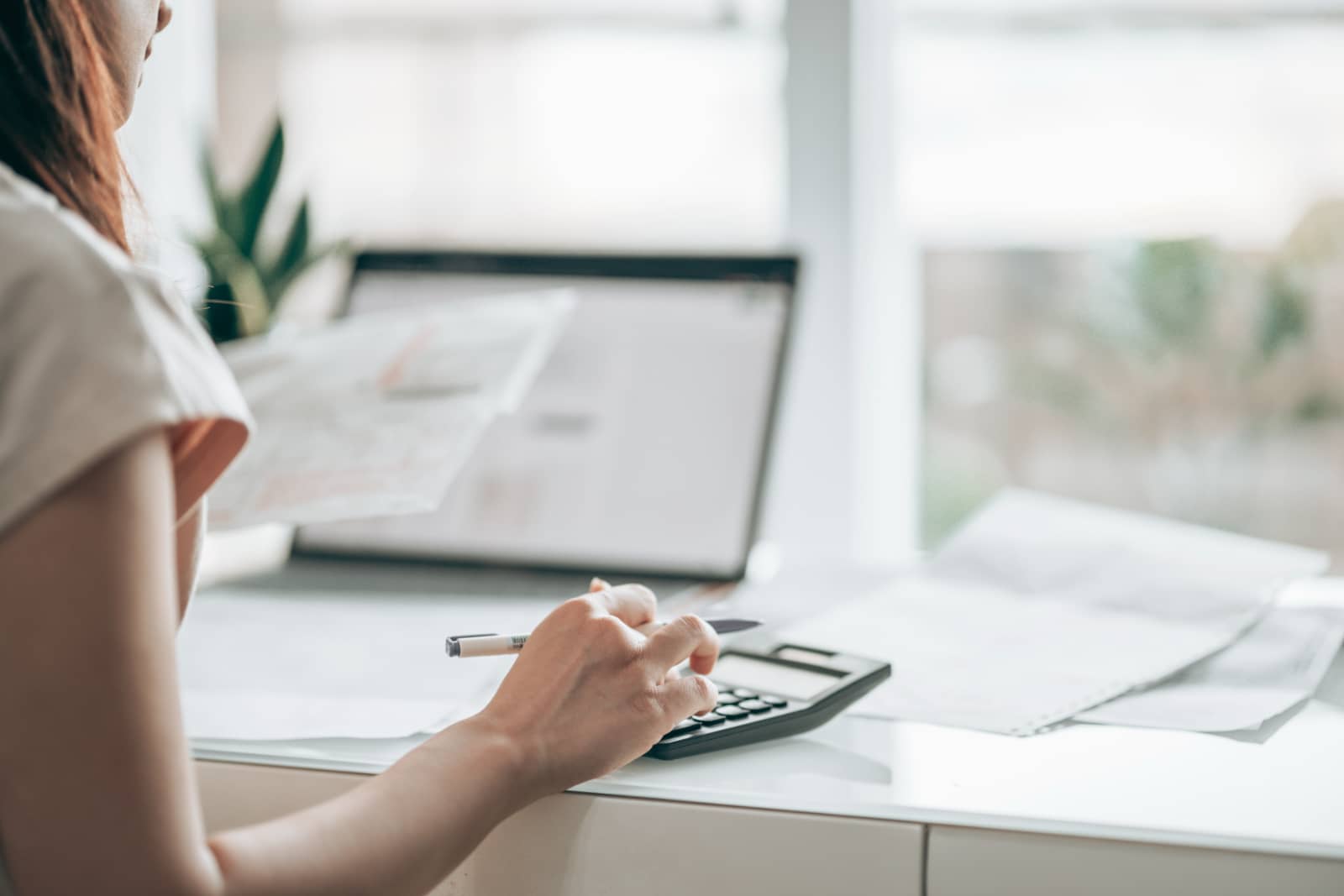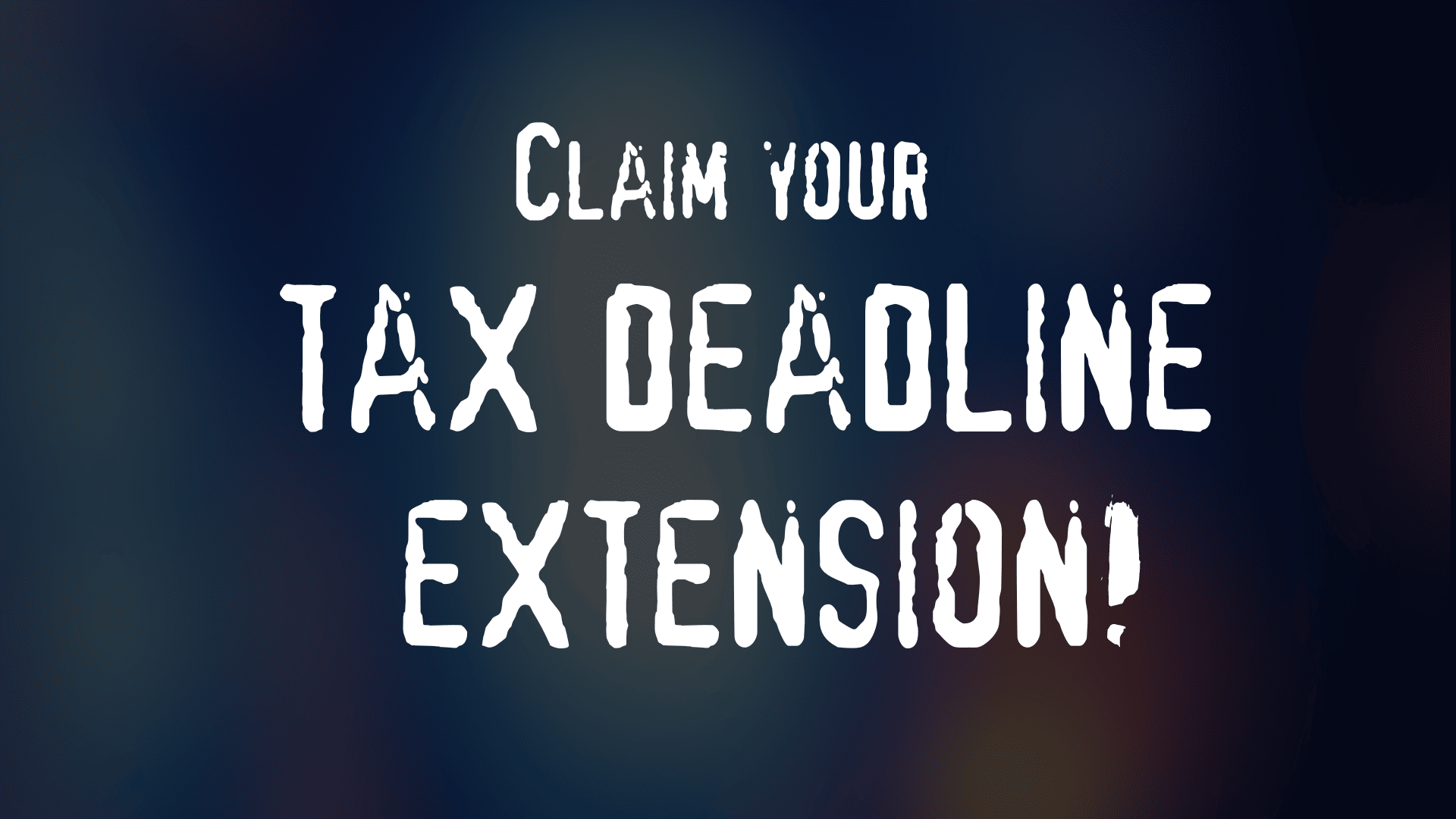When you run your own business, there are two main ways to avoid paying too much tax. One is to pay the right amount on time, so you avoid penalty payments. The other is to understand how business-related expenses can be used to reduce the tax you have to pay.
This article is designed to help you get started on the basics, so you don’t miss out. However, everyone’s situation is different, so it’s always a good idea to talk with a tax specialist or accountant; even if it’s just to check you’re set up correctly.
Know and meet your tax deadlines
One of the most important ways to avoid paying too much is to file your tax returns and pay your tax on time. If you don’t, you risk having to pay interest as well as a penalty fine. It’s important to identify your tax dates and put them in your calendar every year.
If you’re registered for GST or have to pay provisional tax, you can have multiple filing and payment dates throughout the year. It’s worth checking you have these dates right
Whether you’re a sole trader, partnership or registered company, the Afirmo Tax Tool can calculate your income tax, GST, ACC levies and student loan repayments (if you have them). It keeps a running tally of how things stand on a handy dashboard and lets you know when each Inland Revenue payment will be due. You can file returns and make payments yourself, or get an Afirmo expert to check and file them for you.
If you ever think you might not be able to pay your tax on time, be sure to contact Inland Revenue before the due date and discuss the support they might have available.
Top tip: In your first year of business, if you pay tax before the end of the year you might get a handy discount.
Claim all business-related expenses
Whether you’re self-employed, a sole trader or have set your business up as a company, you pay tax on your profit, not your income. Your profit is your income minus any business-related expenses. These expenses are any money you paid for things that were required to earn the income referred to in the calculation.
Taxable profit = Income – Expenses
Since you only pay tax on your profit, it is sometimes referred to as your ‘taxable income’. By claiming all legitimate expenses, you minimise your taxable income and therefore the tax you have to pay.
Tips for recording and claiming expenses
- If you have a separate business bank account and make all business-related purchases through it, you’ll automatically have good electronic records of all expenses.
- Keep copies of all invoices you had to pay and receipts for purchases made for your business
- When you file your tax returns, just enter the amounts you are claiming. You don’t have to provide copies of invoices and receipts, but you do have to keep them for seven years in case Inland Revenue wants to audit your tax returns.
- If some of your business bank account transactions have a non-business (personal use) component, you can only claim the business-related amount as an expense; the rest should be reconciled (noted) as a payment to you (drawings).
- If you’re registered for GST, you use the GST exclusive amounts for expenses when deducting them from your income. You claim the GST portion separately in your GST return. If you’re not registered for GST, you just use the GST inclusive amounts for your business-related expenses and income tax deductions.
- Online accounting packages, such as the Afirmo Money Tool, can automatically download your bank account transactions each day. All you have to do is allocate each one to an income or expense category and your totals will be already done when it comes to tax time. They also let you split expense transactions across more than one category if necessary, including a category for personal drawings.
Claim home office expenses
If you use a home office or workshop for your business, you can claim a portion of expenses related to your home. The portion you can claim is simply the floor area of your office or workshop as a percentage of your home’s total floor area.
Claimable percentage = (Office area / House area) x 100
The office or workshop area needs to be set aside for business use only. If it is also used for non-business reasons, then you have to work out the typical percentage of time it’s used for business and adjust your claimable area percentage accordingly.
So if your office area is 10% of the house area, but you only use it for 40 of the 168 hours in a week and the rest of the time it’s used as someone’s bedroom, then the claimable area comes down to (40/168) x 10% = 2.4%. The same would apply if you use your garage as a workshop some of the time or you set up with a laptop at the dining room table during the day.
The house expenses you can claim a portion of include things like your council rates, electricity, gas, internet charges, mortgage interest, house insurance, repairs and maintenance (but not value-adding improvements).
The Inland Revenue website has more on how to claim home office expenses.
Claim vehicle expenses
If a vehicle is only used for activity related to generating the income in your tax calculation, then you can deduct all running costs in full. This includes fuel (electricity for an EV), servicing, registration, WoF, road user charges, insurance, parking, tyre replacement and so on. The initial purchase cost of the vehicle is not claimable; instead you claim its loss in value (depreciation) each year.
If it’s your own vehicle and is used for business and personal trips, you can only claim for the business-related portion of total use. Personal use includes driving the vehicle from home to work.
To establish the amount of business use, you can keep a log book for at least 90 days every three years. You can then claim the business use percentage of all actual expenses or Inland Revenue’s kilometre rate for the year. Their kilometre rate includes depreciation. If you don’t keep a log book you can only claim up to 25% of the running costs. Inland Revenue may ask you to justify the percentage you’ve chosen.
If you’ve set your business up as a company (not a sole trader or a partnership) and the business owns the vehicle, then it may have to pay fringe benefit tax (FBT) for the personal use by employees or shareholder employees. The tax is based on the number of days the vehicle is available for personal use, not the time it is actually used.
Claim business loan interest
The interest you pay on a loan for business purposes is a tax deductible expense, although this is being phased out for investment property businesses. The loan needs to be entirely for the business.
Sole traders often put their own money into their business, despite having a personal mortgage or home loan. If they used that money to reduce their mortgage and borrowed for the business instead, they would be able to claim the full interest cost. This may or may not be the best option for your situation, but it’s worth discussing it with a business specialist or accountant.
Claim depreciation on assets
If you buy something your business needs to generate income and that item will be kept for more than a year, it is known as a ‘capital asset’, unless it has a value of less than $1,000. Instead of claiming the full cost in the first year, you’re only allowed to claim its loss in value (depreciation) each year. Inland Revenue sets the rate to be used for different assets. You have to keep records of the depreciated value (book value) at the end of each year and use this as the starting value for the next year. The Inland Revenue website has more on asset depreciation.
Claim entertainment expenses
There are strict rules around what can be called business-related entertainment. Also, you can claim 50% of some and 100% of others. If the entertainment expense benefits an employee, the business may have to pay fringe benefit tax on the benefit provided. It pays to get advice about entertainment expenses from a tax specialist or accountant. In the meantime, the Inland Revenue website has more on entertainment expenses.
Claim for business travel
If a trip involves any personal time, you can only claim the business-related portion. For example, if you travelled for a business meeting on a Friday and could have returned that day but stayed on for a weekend away, you can only claim a third of the travel expenses (typically airfares and accommodation).
Claim for charitable donations
If your business is set up as a registered company, it can deduct any charitable donation from its income, as it would for a legitimate business expense.
If you’re a sole trader, employee or individual in a partnership, you claim a tax credit instead. This is separate from your income tax return. You can make a tax credit claim and submit donation receipts to Inland Revenue online at any time during the year. It’s also possible to do it using a paper-based form at the end of the year. The Inland Revenue website has more on claiming tax credits for donations as an individual.
Next steps
Whether you’re already in business or about to set up, Afirmo will help to ensure you’re on the right track. There’s even a deductions calculator to help you pay the right amount of tax. And when you need some experienced advice Afirmo experts are available to help.
For more, see how small businesses all over New Zealand are doing better with the help of Afirmo tools and expert support.




